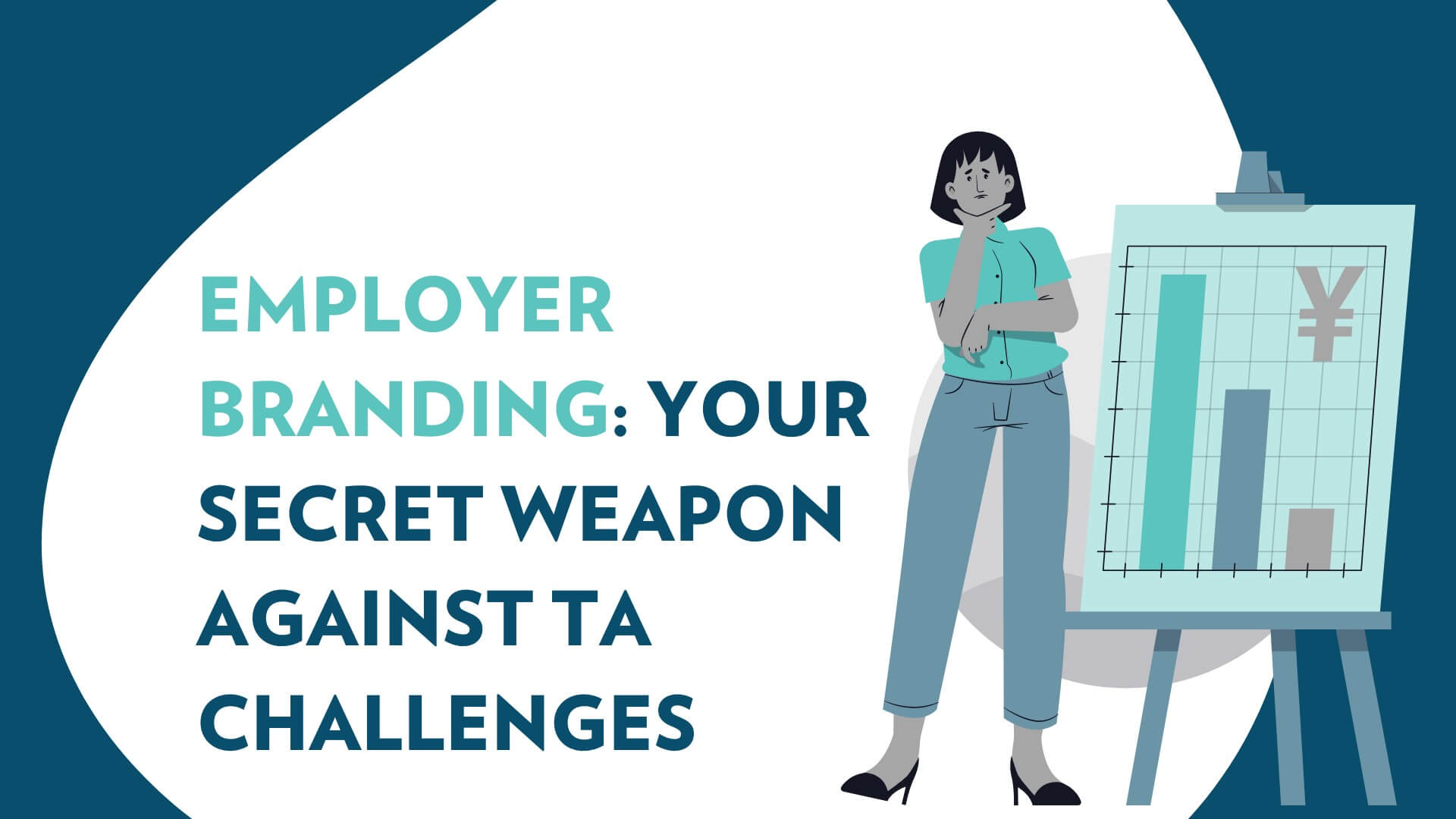The war for talent has been influenced by candidates more than ever before, meaning employers are under more pressure to stay on the pulse with what candidates are looking for in this economic and social climate. While most would believe the main attracting factor is an above-market salary, offering this is not always achievable, nor is it what many candidates are actually looking for. A survey by PwC showed that 75 per cent of candidates would rank wellbeing, experience, ways of working, career development, brand, or workspaces and places above remuneration as the thing they value most from an employer.
In the short-term, raising the bar for salaries might get more candidates in the door, but doesn’t guarantee retention. Part of the issue is that there is a disconnect between what candidates want and what employers think they want – though 38 per cent of employees plan to leave their jobs in the next 12 months, 48 per cent of business leaders have no plans to refine their employee value propositions. It’s clear, then, that the long-term solution to attracting and retaining key talent is understanding what employees value and prioritising their workplace fulfilment.
Developing a long-term solution to improve candidate attraction and staff retention rates requires some investment. An effective solution should consider a combination of these two key elements:
- Establishing a strong employer brand; and
- Implementing a learning management system (LMS) tailored to your organisation’s needs.
Your employer brand is a nuanced representation of what your organisation values, what it offers, how it is represented and why employees should be proud to work there. As we have mentioned in a previous article, every organisation has an employer brand – but you need to invest time and resources in order to develop a strong employer brand.
An accessible way to strengthen your employer brand, enhance candidate attraction, and improve retention is to support your team with learning and development. Providing your teams access to a robust LMS and range of learning materials will go a long way towards retaining your top talent and celebrating this offering will attract more high-quality candidates to your vacancies.
By elevating your brand and highlighting L&D as a key benefit, you can firmly position your organisation as a strong contender in the recruitment market and remove yourself from salary wars.
If you are halfway there with an LMS already implemented but are lacking a well-articulated employer brand, or vice versa, click one of the titles below to learn more about how you can strengthen your areas for improvement.
Already have an LMS? Here’s how to tell people about it.
Upgrade your employer brand with a strong LMS.
Elevate your LMS with a strong employer brand
It’s a good start if your organisation has already got an LMS in place – it means you have the building blocks for successful staff retention, as you’ve created pathways for them to upskill themselves and nurture their learning.
But in order to attract top candidates who may be searching for their next role at an organisation that prioritises learning and development, you need to make sure you’re communicating your L&D offering as part of your employer brand.
One way to get your employer brand up to scratch is by engaging an Employer Branding Project. An Employer Branding Project (EBP) will help you articulate your Employee Value Proposition (EVP), which encompasses what your organisation offers candidates and team members.
An EVP is nuanced, with both objective elements, such as a diversity and inclusion policy, and subjective elements, like the experience of working with the team and the culture of the workplace. Because of the many facets involved in an EVP, it can be hard to effectively convey your organisation’s strengths – including your L&D pathways.
An effective EBP will take you through several stages to thoroughly understand and strategise how you can present your employer brand for better recruitment outcomes. A Scout Talent Employer Branding Project also includes working with a specialist to measure the results of your project to ensure you’re on the right track.
You should also make sure your existing team members are aware of your learning focus and the possible pathways for upskilling. Ensuring that your brand has widespread internal awareness means that employees will have more buy-in to your organisation – being part of an organisation that prioritises their professional development fosters a stronger feeling of belonging, which reflects positively in your staff retention rates.
You can read more about how a Scout Talent Employer Branding Project can help you strengthen your organisation’s position in the recruitment market and retain key talent here.
Missing learning and development from your EVP?
It can be daunting to consider what an L&D strategy entails. From compliance courses to industry-specific training to upskilling, there is a range of pathways that you could offer your team to empower their development and increase your organisation’s retention rates.
In this technology-driven world, eLearning is your best friend. But again, the array of learning management systems available can be overwhelming to navigate.
The best way to tackle the LMS market is to consider what development need you’re looking to fulfil. Do you anticipate skills gaps in the next few years within your organisation? Are there regular compliance courses required for your industry that you want located in one place? Perhaps you’re looking to create content tailored to your organisation, such as an onboarding course or organisation-specific training that encourages lateral career movements for team members?
To get you started, check out our webinar on how to utilise off-the-shelf content to maximise your L&D effectiveness without investing a lot of time and money.
If you’re looking for a comprehensive L&D platform, Scout Learning is a customisable learning management system with specialist support. The platform allows you to create tailored learning content, ensure your team compliance is up to date, and access over 85,000 courses from 235 providers – so no matter what industry you’re in, there will be courses available to progress your team’s learning.




